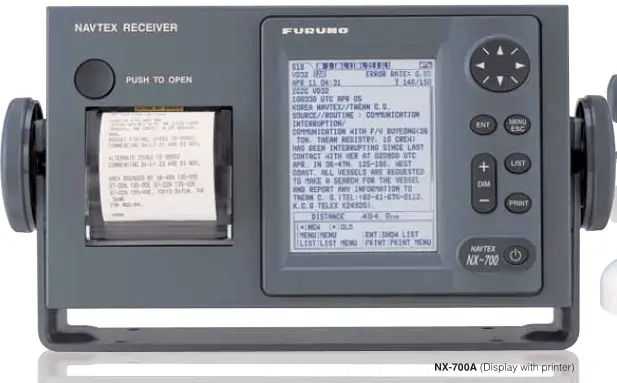PRINCIPLE OF NAVTEX SYSTEMNAVTEX is an acronym meaning Navigational Telex, and as its name shows, it is a kind of narrow band radioteletype system for sending (by frequency shift keying) text messages expressed in a 7-unit code. The difference is that a NAVTEX transmitter transmits nine control characters (header code) ahead of the main message so that the receiver can identify the station, message type and serial number automatically. NAVTEX System Operation For navigation purposes, the world is divided into 16 areas as shown in the figure below. Each Navtex station has an … [Read more...]
